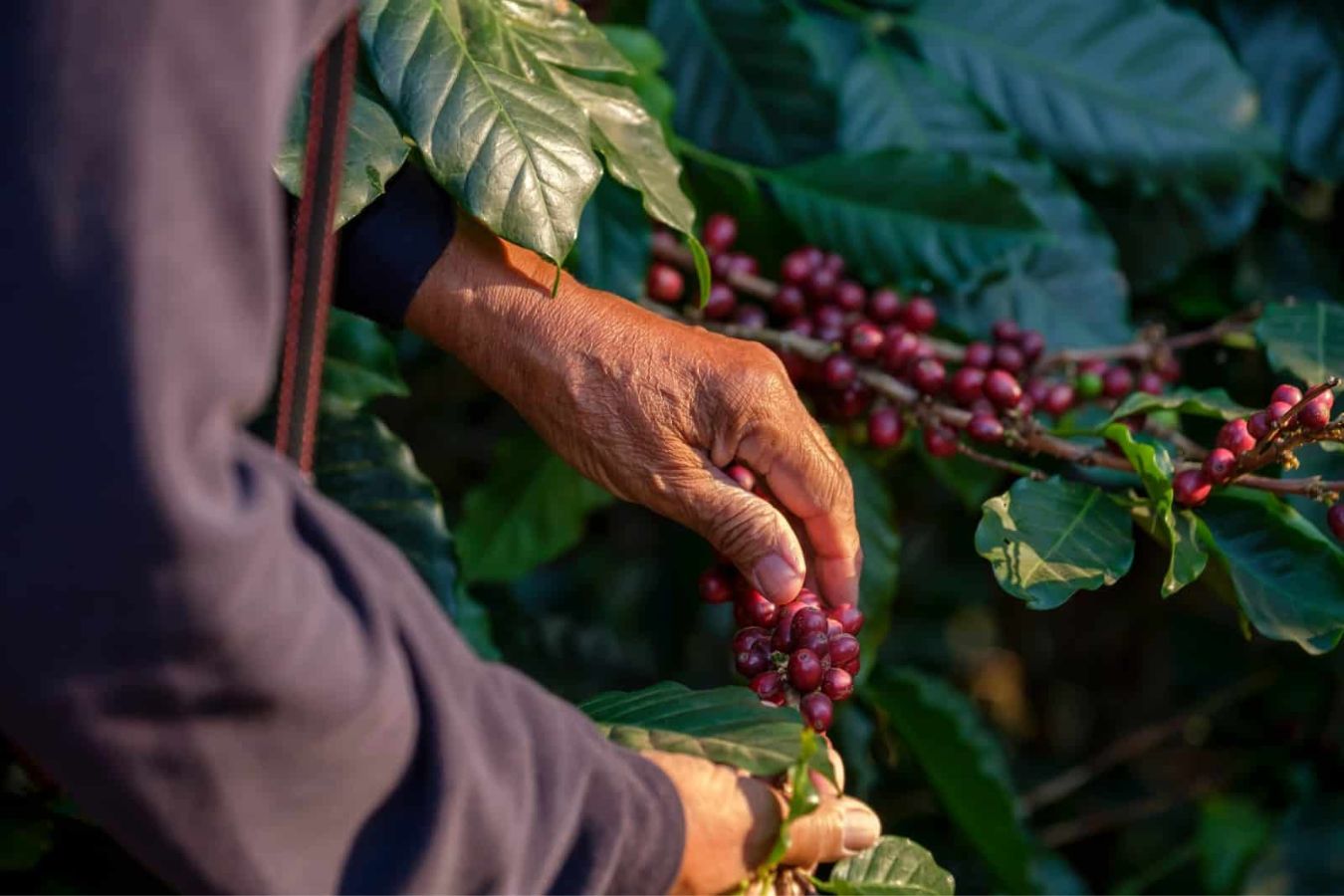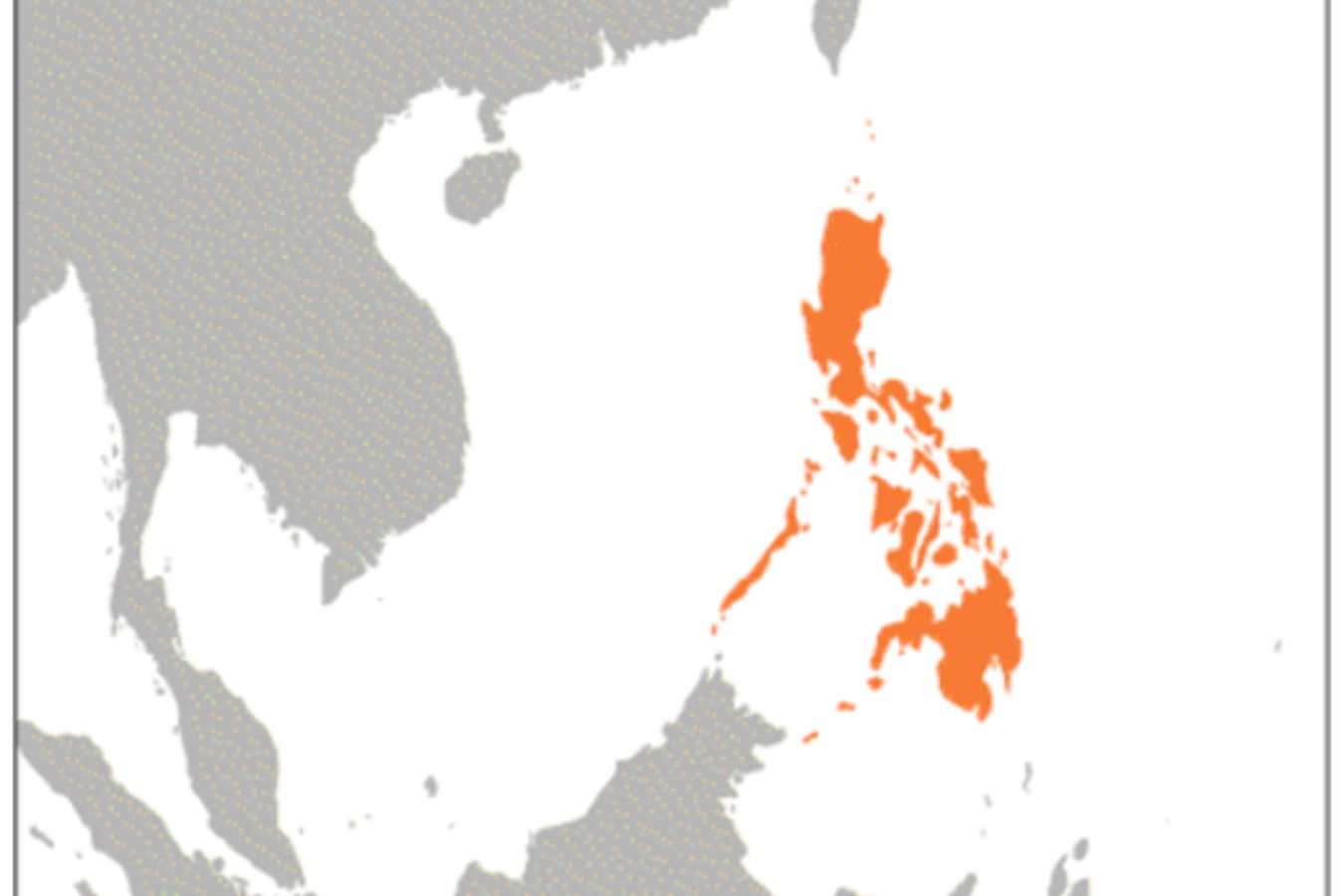
Coffee Origins: The Philippines: The history of coffee in the Philippines is another tale of the product going from being a bedrock of the economy to almost disappearing completely. The most common version of the story starts in 1740 when coffee was first planted by a Spanish monk in Lipa, in Batangas province.
It flourished under Spanish colonial rule and spread around the Philippines. This article will focus on introducing the coffee origins of The Philippines.
Coffee Origins: The Philippines
The Spanish offered a reward to anyone who could plant and ripen sixty thousand square feet of coffee in 1828 as part of an effort to encourage cultivation (equivalent to 6,000 coffee trees). A farmer in Jala Jala, Rizal province, converted his land into a fruitful plantation and earned a reward of a thousand pesos. His success inspired others to follow in his footsteps, resulting in an increase in coffee production.
By the 1860s the Philippines were doing a healthy trade in coffee exports, with a large market being the United States through the gateway of San Francisco. The completion of the Suez Canal in 1869 opened up Europe as a potential market too. By the 1880s the Philippines was the fourth-largest producer in the world, but in 1889 it would finally succumb to the leaf rust that had plagued so many other countries.
A combination of leaf rust and insects took an especially heavy toll in the Batangas region, which is still the most important producing region, and production was less than 20% of what it had been two years before. Some seedlings were moved to Cavite in the north, where they seemed to thrive. However, most coffee producers switched to other crops, and the sector was mostly dormant for at least fifty years.

In the 1950s the government attempted to resurrect the coffee industry. With assistance from the US, it brought in disease-resistant varieties and Robusta as part of a five-year strategic plan. It was reasonably successful and production increased, but it wouldn’t be until 1962 or 1963 that the level was considered self-sufficient and coffee was no longer imported for local consumption. Part of the local demand came from the production of instant coffee in factories around the Philippines.
Coffee production has, in many ways, mirrored world prices and there has been an ebb and flow in production according to whether there has been sufficient demand. The frost in Brazil in 1975 briefly gave the Philippines the chance to be an exporting country again.
In comparison to previous years, production has now risen once again. Although there are still programs in place to stimulate production, home demand is still high enough that the Philippines exports very little coffee. Because so little coffee is exported and so much is Robusta, there are unlikely to be any good coffees accessible in the near future.
However, the country does grow two other species of coffee, not commonly found elsewhere: Coffea liberica and Coffee excelsa. While neither is anything to get excited about from a taste perspective, they are undeniably interesting to try, should the opportunity present itself.
Traceability
Coffee comes from a mixture of cooperatives, estates, and smallholder producers. The better coffees from the Philippines are usually more traceable, though very rare.
Taste Profile
Great coffee from the Philippines is a rarity, but better lots are quite full-bodied, with low acidity and with light florals or fruity qualities.
Growing Regions
Population: 100,982,000
The number of 60kg (132lb) bags in 2016: 200,000 The Philippines is made up of 7,641 islands. As such, growing regions are often collections of islands or groups of territories, rather than distinct topographical areas such as mountain ranges.

Cordillera Administrative Region
A mountainous region in northern Luzon which includes the Mountain Province, Benguet, Kalinga, Ifugao, and Abra, the Cordillera Administrative Region (CAR) is the only landlocked region in the country. This is the highest growth area in the Philippines, though Robusta is grown at lower altitudes around northern Luzon.
| Altitude:
Harvest: Varieties: |
1,000–1,800m (3,280–5,900ft)
October–March Red Bourbon, Yellow Bourbon, Typica, Mondo Novo, Caturra |
Calabarzon
This administrative region is mostly lowlands, growing coffee species other than Arabica, around Manilla and to the south and east.
| Altitude:
Harvest: Varieties: |
300–500m (980–1,640ft)
October–March Robusta, Excelsa, Liberica |
Mimaropa
This region is a collection of islands in the southwest which make up the four provinces of Mindoro, Marinduque, Romblon, and Palawan. While the mountainous areas reach high altitudes, coffee is mostly grown lower down.
| Altitude:
Harvest: Varieties: |
300–500m (980–1,640ft)
October–March Robusta, Excelsa |
Visayas
Another group of islands, including Bohol which is famous for its unusual small rolling mountains called the Chocolate Hills. The Negros islands’ volcanic soil is well suited to coffee cultivation but lacks the altitude for better-tasting coffee.

| Altitude:
Harvest: Varieties: |
500–1000m (1,640–3,280ft)
October–March Catimor, Robusta |
Mindanao
The southernmost coffee-growing region in the Philippines is its most productive. Nearly 70 per cent of coffee trees in the Philippines are planted in this region.
| Altitude:
Harvest: Varieties: |
700–1,200m (2,300–3,940ft)
October–March Mysore, Typica, SV-2006, Catimor, Robusta, Excelsa |